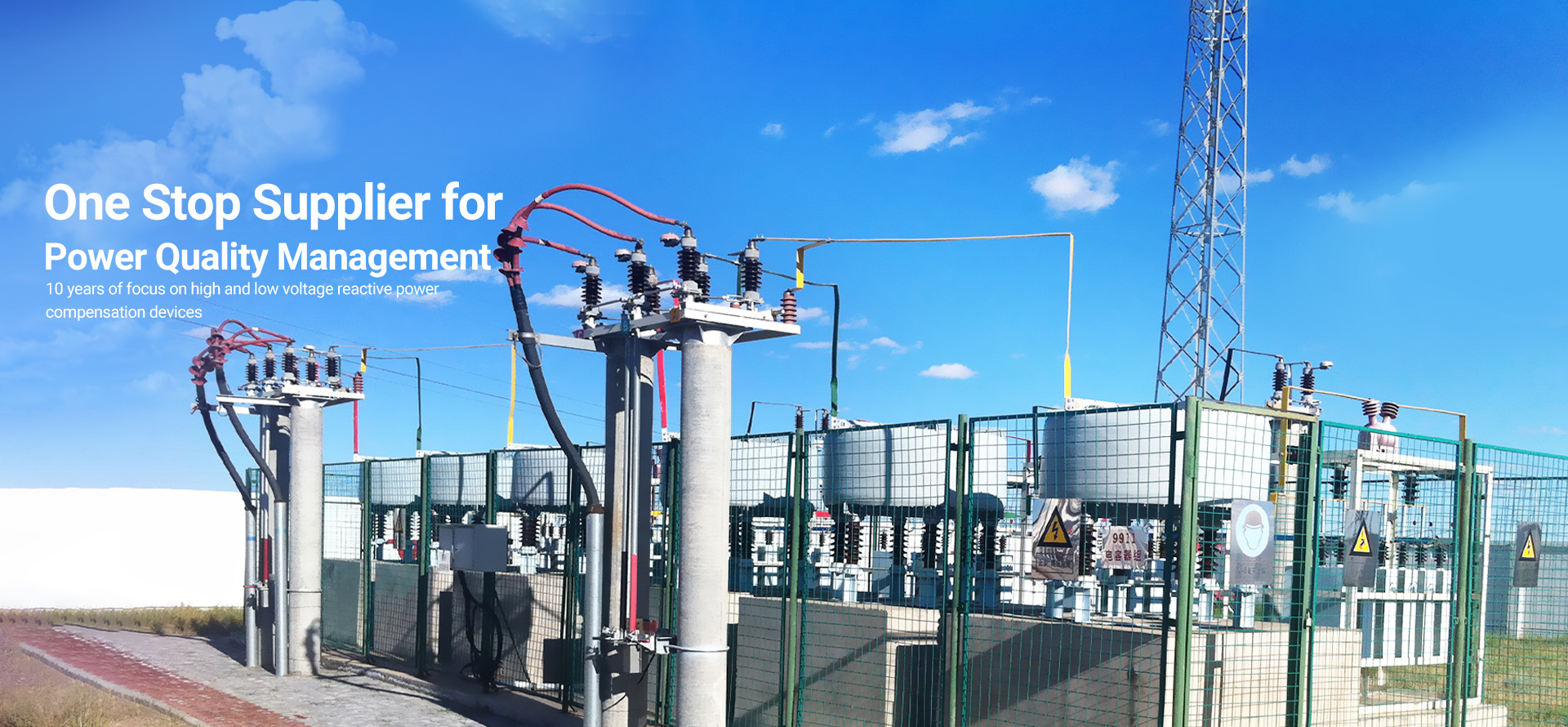In today's world, a stable and reliable power system is crucial for the uninterrupted functioning of industries, businesses, and households. To meet the growing demand for energy, power systems must be resilient and adaptive to changes in power flow. This is where medium-voltage reactive power compensation devices come into play. These advanced devices work towards enhancing power system stability, reliability, and even save power resources. In this blog, we will explore the key benefits of using medium-voltage reactive power compensation devices and how they contribute to a robust power infrastructure.
Paragraph 1: Enhancing Power System Stability
Medium-voltage reactive power compensation devices play a pivotal role in improving the stability of the power system. By offering reactive power compensation, these devices effectively reduce the impact of power flow changes on the unit. Power flow variations often result in voltage fluctuations, which can destabilize the system. However, with reactive power compensation, the voltage can be adjusted and regulated, leading to better dynamic stability of the power system. This ensures a smooth and uninterrupted supply of electricity to various end-users.
Paragraph 2: Ensuring Reliability of the Power System
Power system reliability is of utmost importance, and medium-voltage reactive power compensation devices contribute significantly towards this objective. These devices can effectively adjust the voltage and maintain the quality of the power grid. With stable and regulated voltage, the power system can safely operate without disruptions caused by voltage fluctuations. This is especially crucial for sensitive equipment and machinery, which require a constant and reliable power supply. By providing a stable power grid, these devices ensure the safe and reliable operation of the power system, minimizing downtime and improving overall productivity.
Paragraph 3: Saving Power Resources
Aside from enhancing stability and reliability, medium-voltage reactive power compensation devices also contribute to saving power resources. These devices work by improving the load of the power system and reducing the flow of reactive power. When the power system carries excessive reactive power, it leads to power losses and higher energy consumption. However, by employing reactive power compensation, power losses can be minimized, resulting in significant energy savings. This not only reduces the strain on power resources but also helps in reducing operational costs for power companies and end-users.
Paragraph 4: The Versatile Applications of Medium-Voltage Reactive Power Compensation Devices
Medium-voltage reactive power compensation devices find applications in various sectors such as manufacturing plants, commercial buildings, hospitals, and residential complexes. These devices can be customized to cater to the specific power requirements of different industries. Additionally, the integration of advanced technologies, such as artificial intelligence and automation, allows these devices to adapt to varying power demands seamlessly. This versatility makes medium-voltage reactive power compensation devices an ideal choice for optimizing power system performance across diverse sectors.
Conclusion:
In conclusion, medium-voltage reactive power compensation devices are indispensable when it comes to enhancing power system stability, increasing reliability, and conserving power resources. Their ability to adjust voltage, maintain power quality, and minimize power losses ensures a resilient power infrastructure capable of meeting the demands of today's energy-intensive industries. By investing in medium-voltage reactive power compensation devices, power system operators can achieve improved performance, reduced downtime, and significant energy savings.


Post time: Aug-05-2023